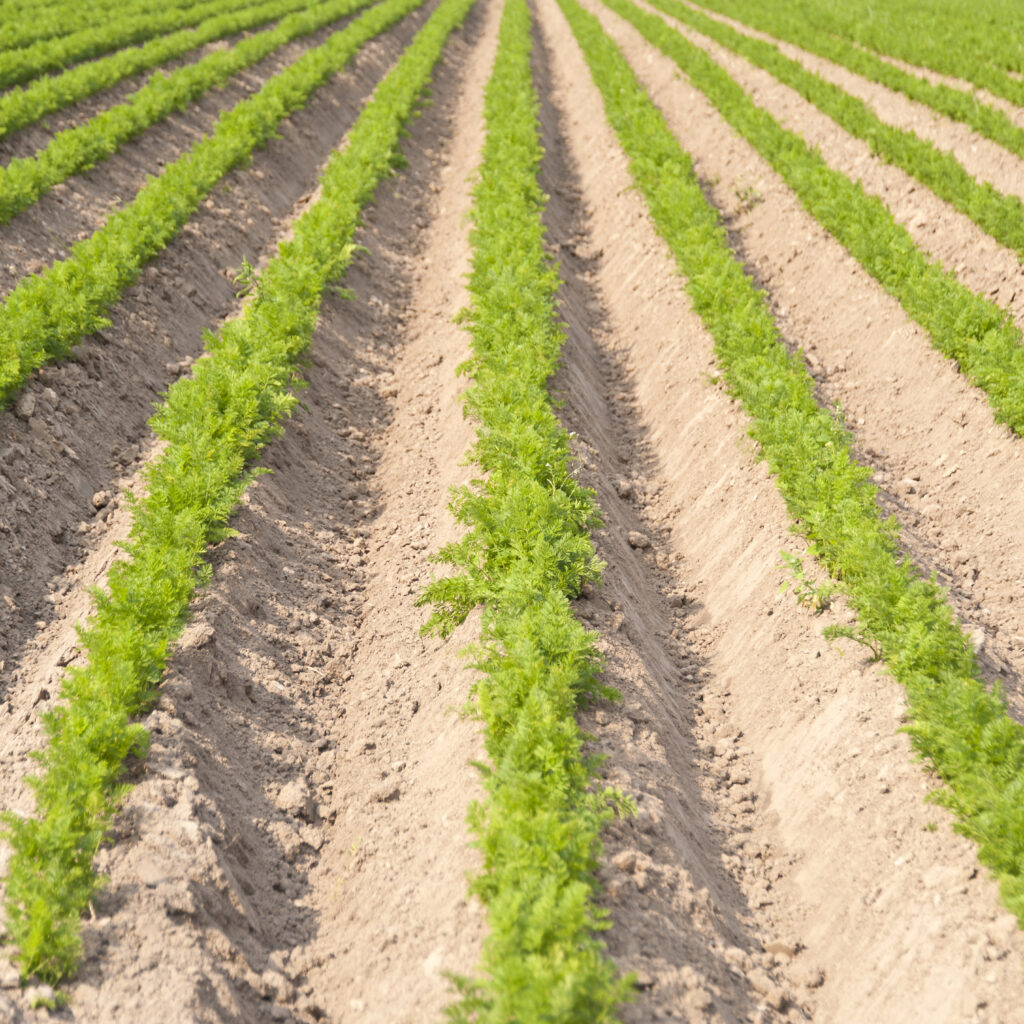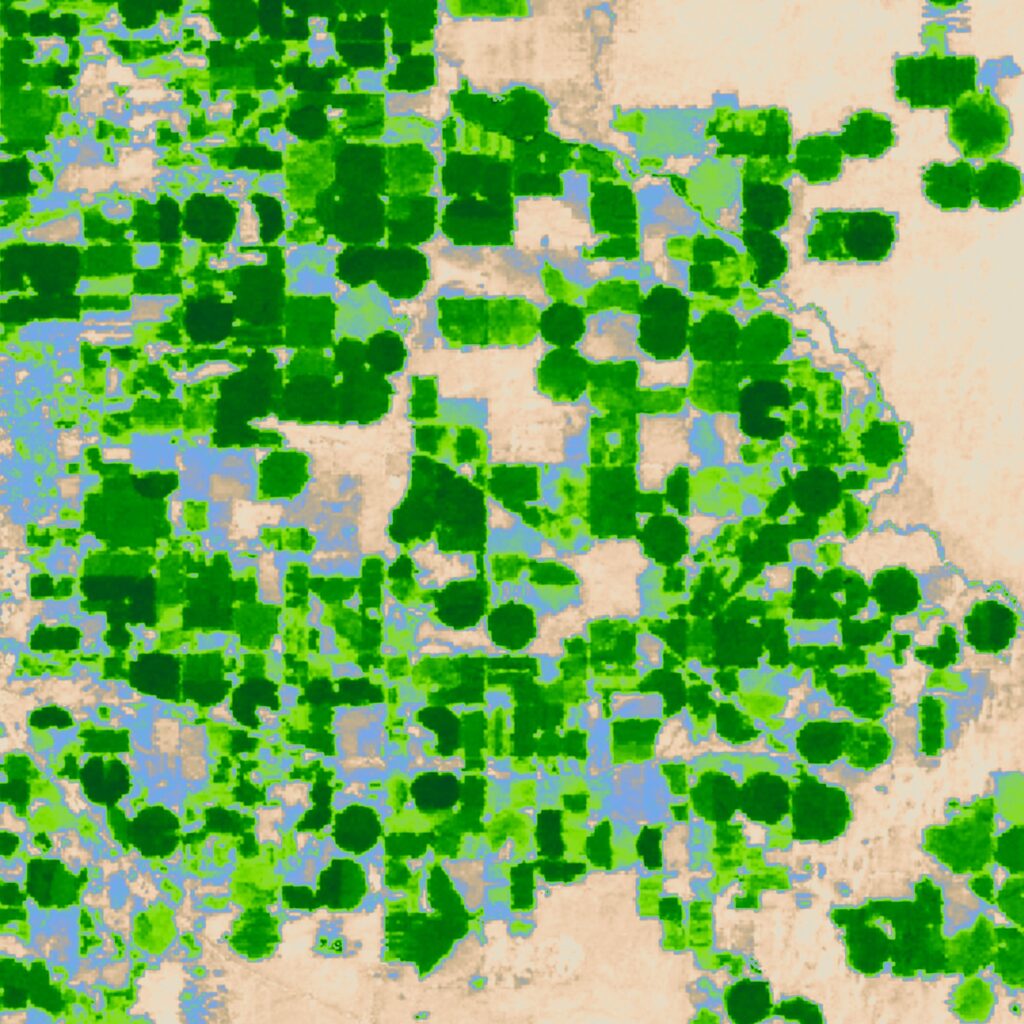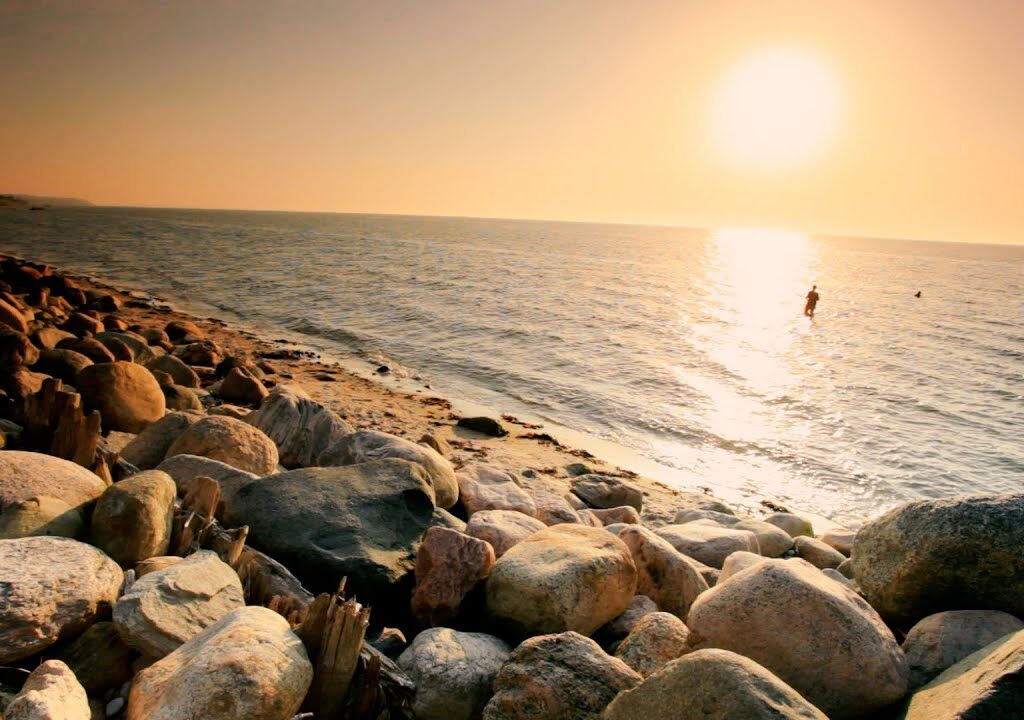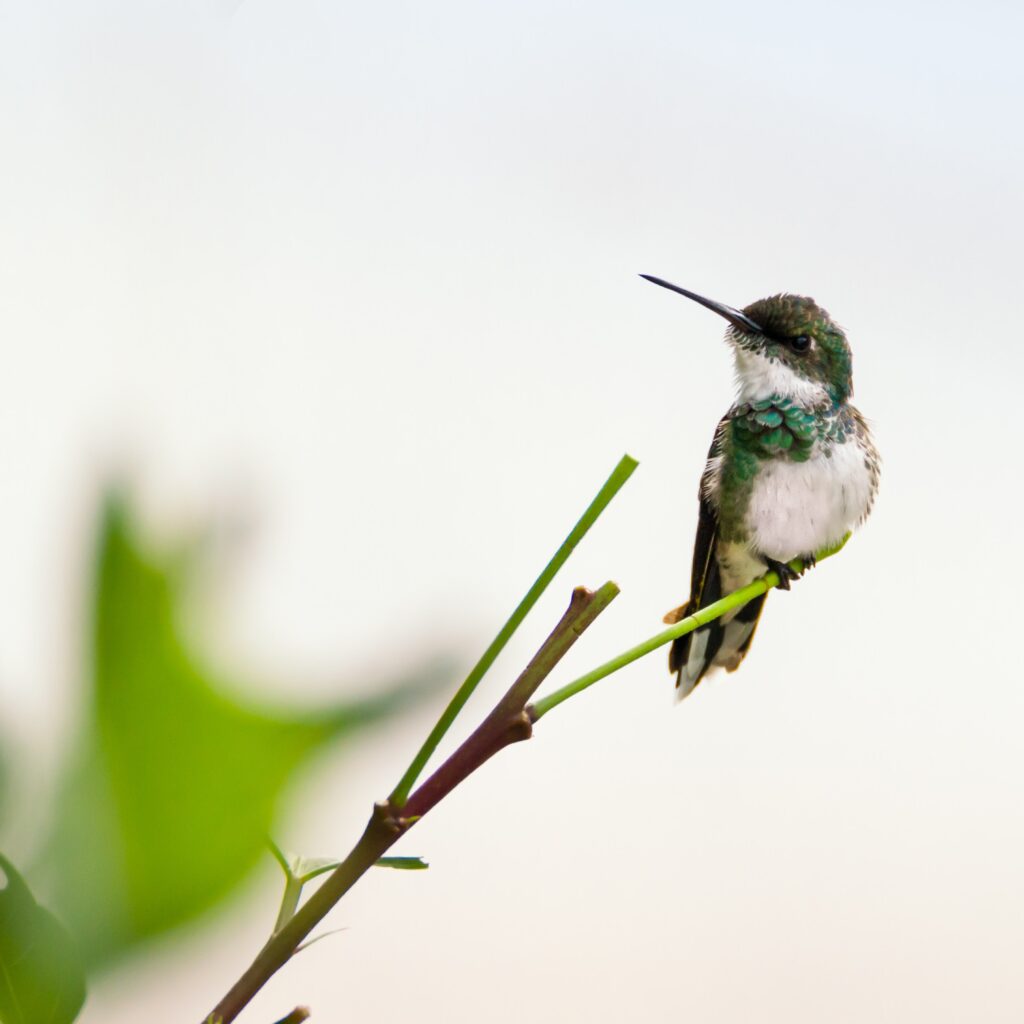Earth Day 2021: Dreame Continues Earth Protection Initiatives with its Sustainable Solutions

To support Global Earth Day, Dreame is offering 15% off its T10 vacuum cleaner from April 22-29 Dreame Technology, a growing innovative company specializing in smart home cleaning appliances, is celebrating Earth Day 2021 with a series of upcoming new releases that place special emphasis on environmental protection and energy consumption, while responding to growing home-cleaning […]
Lotus Sustainables Reaches Company Milestone and Celebrates Earth Day

SAN DIEGO – As Earth Day approaches, Lotus Sustainables, the team behind the patented, bestselling Lotus Trolley Bag System, has a lot to celebrate. The company has reached a milestone by eliminating over 500 million single-use plastic bags. This month, Lotus Sustainables celebrates Earth Month with their Lotus Seeds of Sustainability campaign, inspiring people to “plant” Seeds […]
Seeding Change Documentary Inspiring Consumers to Shop Smarter for the Planet Debuts on Earth Day

Seeding Change explores how businesses are working to create positive change SAN CLEMENTE, Calif. — This Earth Day, Seeding Change, an award-winning, thought-provoking documentary will give an inside look into how large corporations affect climate change, inspiring consumers to shop smarter. Directed by renowned filmmaker Richard Yelland, the film takes a first-hand look at mission-based businesses […]
Climate change cut farming productivity growth 21% since 1960s

Newswise — ITHACA, N.Y. – Despite important agricultural advancements to feed the world in the last 60 years, a Cornell University-led study shows that global farming productivity is 21% lower than it could have been without climate change. This is the equivalent of losing about seven years of farm productivity increases since the 1960s. The future potential […]
Wyland National Mayor’s Challenge for Water Conservation Marks 10th Anniversary (video)

SARASOTA, Fla., March 30, 2021 – To mark its 10-year anniversary, the National Mayor’s Challenge for Water Conservation is calling on people across the U.S. to take small, daily actions to reduce water waste and promote the sustainability of our nation’s water ecosystems. The challenge, presented by the Wyland Foundation and Toyota, kicks off with […]
2020 Tied for Warmest Year on Record, NASA Analysis Shows (video)

Earth’s global average surface temperature in 2020 tied with 2016 as the warmest year on record, according to an analysis by NASA. Continuing the planet’s long-term warming trend, the year’s globally averaged temperature was 1.84 degrees Fahrenheit (1.02 degrees Celsius) warmer than the baseline 1951-1980 mean, according to scientists at NASA’s Goddard Institute […]
NASA, USDA Sign Agreement to Improve Agricultural, Earth Science Research

NASA and the U.S. Department of Agriculture have signed a memorandum of understanding aimed at strengthening their longstanding partnership on space-based assets benefitting life on Earth. The agreement brings together NASA’s experience with technology development and space-borne Earth science measurements and USDA’s scientific experience and knowledge of agricultural production, resource conservation, food […]
NASA, US, European Partner Satellite Returns First Sea Level Measurements

Sentinel-6 Michael Freilich, a joint U.S.-European satellite built to measure global sea surface height, has sent back its first measurements of sea level. The data provide information on sea surface height, wave height, and wind speed off the southern tip of Africa. “We’re excited for Sentinel-6 Michael Freilich to begin its critical work […]
Earth’s Hottest September on Record

The September 2020 globally averaged temperature departure from average over land and ocean surfaces was the highest for that month in the 141-year NOAA global temperature dataset record, which dates back to 1880. In simpler terms, scientists at NOAA’s National Centers for Environmental Information (NCEI), are saying that unprecedented heat around the world […]
How Hummingbirds Survive Winter

By Laura Ceville As the days grow shorter and cooler, I have pondered whether or not it is time to take down our hummingbird feeder. As far as timing, I know that some hummingbirds start migrating as early as mid-July and others wait until August or September. But I wonder if these tiny, energetic […]
